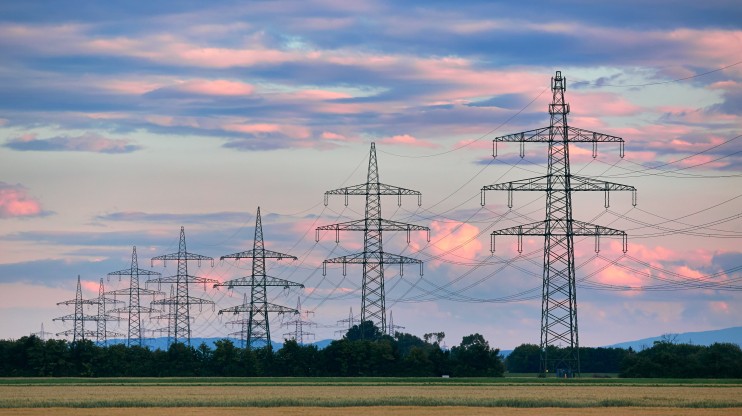
The Basics of Energy Procurement
At a high level, there are two types of energy markets serving electricity and natural gas distribution, regulated and deregulated.

At a high level, there are two types of energy markets serving electricity and natural gas distribution, regulated and deregulated.

More than just the price you’re paying for the energy you’re using, what makes up your organization’s energy spend is a confluence of three primary factors that interplay with each other.
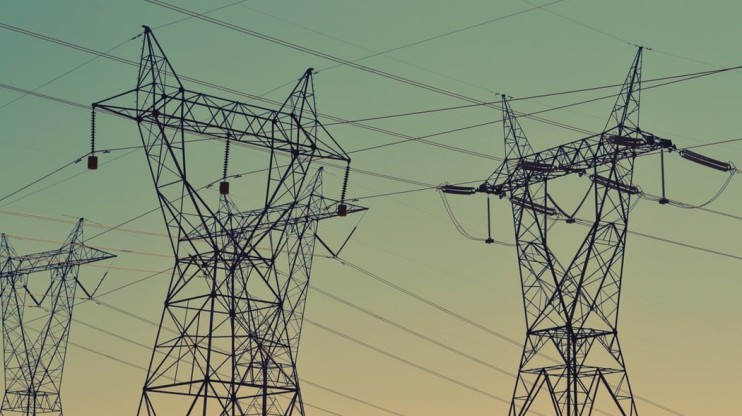
Whether we like it or not, the cost of energy is currently skyrocketing around the world. In August 2022, Americans’ energy bills were the highest they’ve been in over 40 years.
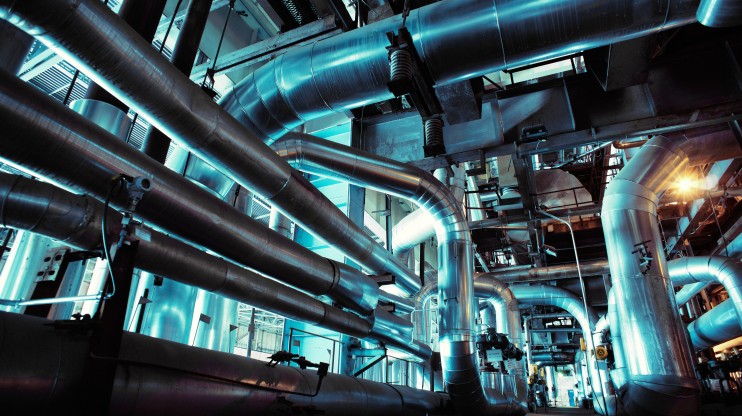
Earlier this year, President Biden announced the launch of the Building Performance Standards Coalition in conjunction with 33 states.
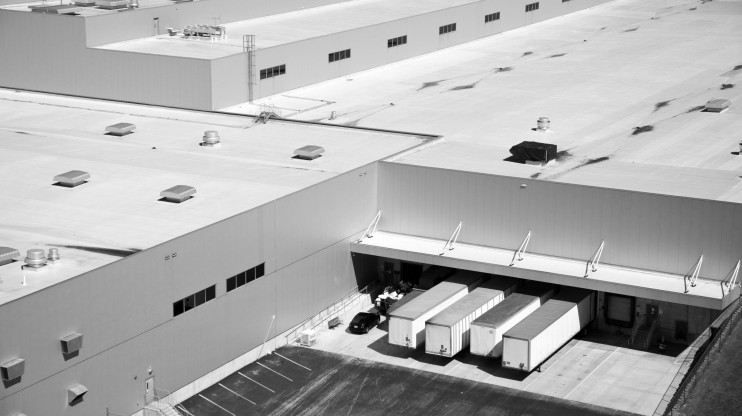
If you are considering a roofing project for your facilities like a repair or replacement, it is important to consider the type of project plan you are going to need.
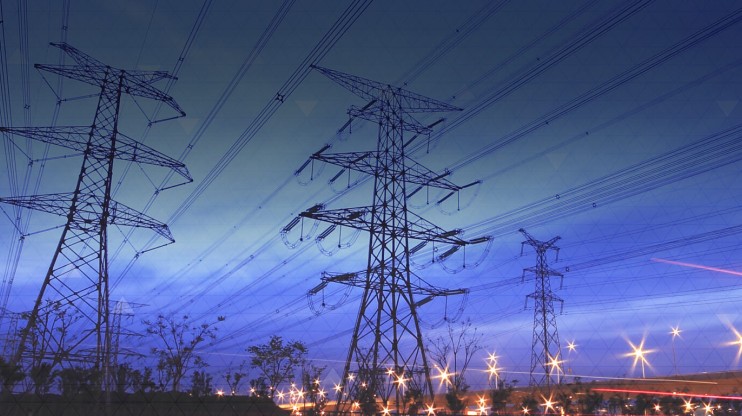
The Energy Solutions Division of Mantis Innovation was recently presented with its second consecutive ABC Excellence Award by ERCG

Today, we’re taking a deep dive into the impact of the Inflation Reduction Act on energy procurement for small to medium businesses.
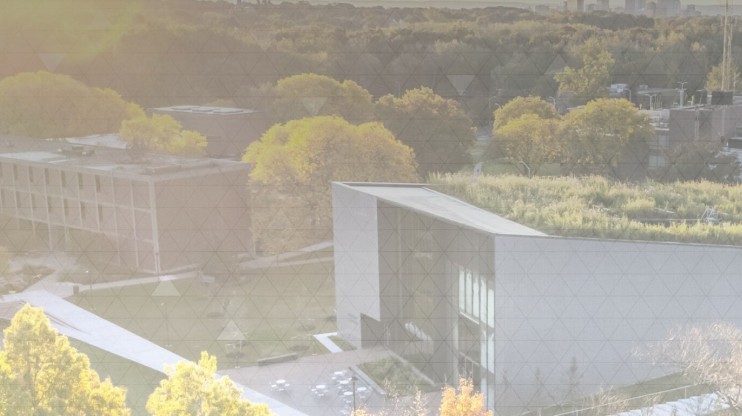
Mantis Innovation's Efficiency Division's sustainability project for the University of Hartford will save over 5.3 million kWh